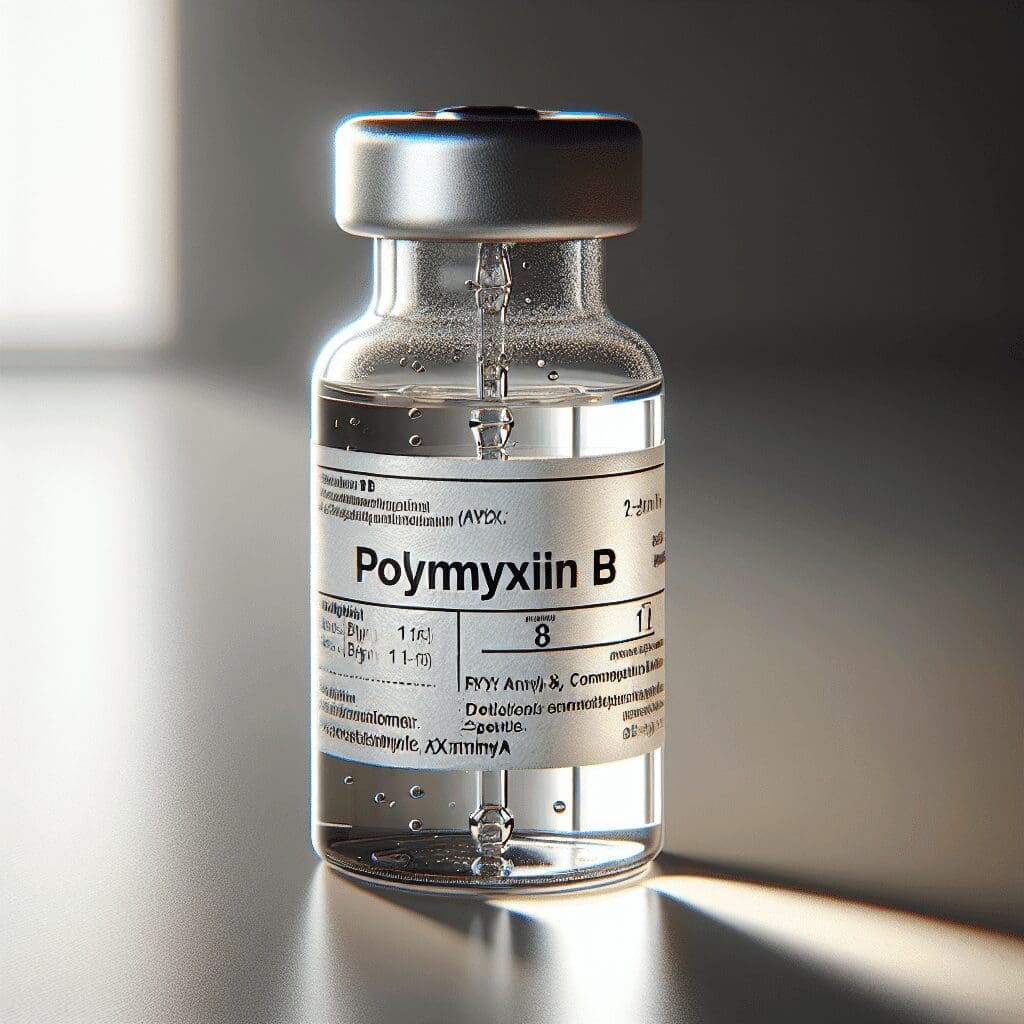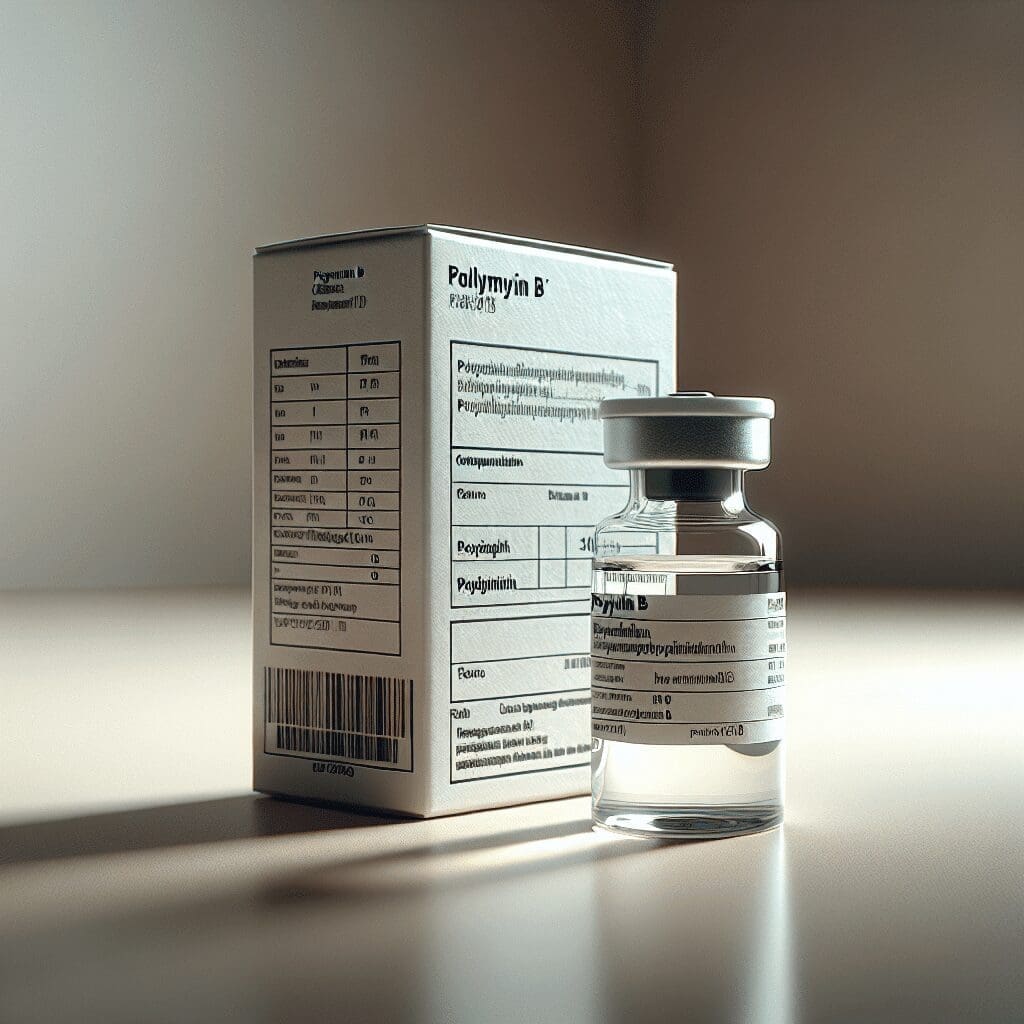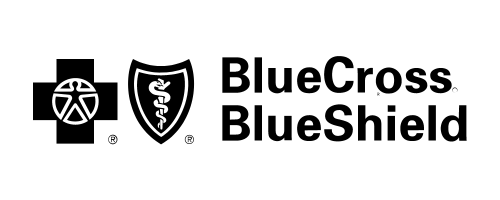Polymyxin B is a potent antibiotic belonging to the polymyxin class of drugs, which are primarily used to treat infections caused by gram-negative bacteria. These antibiotics are characterized by their unique mechansm of action, targeting the bacterial cell membrane to exert their bactericidal effects. Polymyxin B is particularly effective against bacteria such as Pseudomonas aeruginosa and Acinetobacter baumannii, which are often resistant to other antibiotics.
Understanding the drug class of Polymyxin B is crucial for healthcare professionals and patients alike. This knowledge can help in making informed decisions about treatment options and recognizing the importance of such antibiotics in combating serious infections. **Polymyxin B has been a critical weapon in the fight against multidrug-resistant infections**, especially in hospital settings.
Despite its efficacy, Polymyxin B is typically reserved for situations where other antibiotics have failed or are not suitable. This is due to its potential for causing side effects, such as nephrotoxicity and neurotoxicity. Therefore, its use is carefully monitored and administered under strict medical supervision.
Yes, You Can Get Your Life Back. Call Absolute Awakenings Today. With our trained and compassionate professionals in your corner, freedom can be yours. All it takes is you choosing yourself. Choosing a better tomorrow. Visit us at Absolute Awakenings.
Mechanism of Action of Polymyxin B


The **mechanism of action of Polymyxin B** is unique and distinguishes it from many other antibiotics. Polymyxin B primarily targets the cell membrane of gram-negative bacteria, leading to cell death. This mechanism involves a few key steps:
- Binding to Lipopolysaccharides (LPS): Polymyxin B binds to the lipopolysaccharides in the outer membrane of gram-negative bacteria. LPS are critical components that provide structural integrity to the bacterial membrane.
- Disruption of Membrane Integrity: Once bound to LPS, Polymyxin B disrupts the bacterial outer membrane by displacing magnesium and calcium ions that stabilize the membrane. This action increases membrane permeability, causing leakage of essential cellular contents.
- Bactericidal Effect: The disruption of the outer membrane leads to cell lysis and death of the bacteria. The bactericidal effect of Polymyxin B is rapid and potent, making it highly effective against resistant strains.
This mode of action is particularly beneficial in treating infections caused by multidrug-resistant gram-negative bacteria. However, due to its potency, Polymyxin B can also affect mammalian cell membranes, leading to potential side effects such as nephrotoxicity and neurotoxicity. Therefore, its use is typically reserved for severe infections where alternative treatments have failed.
Understanding the **mechanism of action** is essential for clinicians to optimize the use of Polymyxin B in clinical settings, ensuring its efficacy while minimizing adverse effects. This knowledge also aids in the development of new strategies to combat antibiotic resistance.
Clinical Applications of Polymyxin B


Polymyxin B is a vital tool in the arsenal against bacterial infections, particularly those caused by multidrug-resistant gram-negative bacteria. Its use is often reserved for severe and life-threatening infections due to its potent bactericidal properties and potential side effects. Here are some of the primary **clinical applications of Polymyxin B**:
- Hospital-Acquired Pneumonia: Polymyxin B is frequently used to treat hospital-acquired pneumonia, especially ventilator-associated pneumonia caused by resistant strains like Pseudomonas aeruginosa and Acinetobacter baumannii.
- Bacteremia: In cases of bloodstream infections, particularly those caused by carbapenem-resistant Enterobacteriaceae (CRE), Polymyxin B is often employed as a last-resort treatment.
- Urinary Tract Infections (UTIs): For complicated UTIs caused by resistant gram-negative bacteria, Polymyxin B can be an effective treatment option.
- Meningitis: Polymyxin B is sometimes used in treating meningitis caused by gram-negative bacteria that are resistant to other antibiotics. Its ability to cross the blood-brain barrier in inflamed meninges makes it valuable in these critical cases.
- Topical Applications: Polymyxin B is also used in topical formulations to treat localized infections, such as those in the eyes (conjunctivitis) and on the skin (wound infections).
Given its potential for nephrotoxicity and neurotoxicity, the use of Polymyxin B is typically monitored closely. It is often administered in a hospital setting where patients can be continuously monitored for adverse effects. The decision to use Polymyxin B involves a careful consideration of the benefits versus the risks, particularly in treating infections where other antibiotics have failed.
These **clinical applications** underscore the importance of Polymyxin B in modern medicine, particularly in the fight against antibiotic-resistant infections. Understanding its appropriate use ensures that this potent antibiotic remains an effective option for those in dire need.
Potential Side Effects of Polymyxin B


While Polymyxin B is a powerful antibiotic, its use is accompanied by a range of potential side effects, some of which can be severe. Understanding these **potential side effects** is crucial for healthcare providers and patients alike, to ensure that the benefits of the drug outweigh the risks. Here are some of the key side effects associated with Polymyxin B:
- Nephrotoxicity: One of the most significant risks is kidney damage. Polymyxin B can cause acute renal failure, especially when used in high doses or for prolonged periods. Monitoring kidney function during treatment is essential to mitigate this risk.
- Neurotoxicity: This includes symptoms such as dizziness, tingling, numbness, and in severe cases, neuromuscular blockade, which can lead to respiratory failure. These side effects are more likely at higher doses.
- Allergic Reactions: Some patients may experience allergic reactions, ranging from mild skin rashes to severe anaphylaxis. It is crucial to monitor for signs of an allergic response, especially after the first dose.
- Gastrointestinal Disturbances: Nausea, vomiting, and diarrhea are common gastrointestinal side effects. While these are generally less severe, they can still be uncomfortable and may affect patient compliance with the treatment regimen.
- Injection Site Reactions: When Polymyxin B is administered intravenously, patients may experience pain, redness, or swelling at the injection site. Proper administration techniques can help minimize these reactions.
- Superinfections: The use of Polymyxin B can disrupt the normal bacterial flora, potentially leading to overgrowth of non-susceptible organisms, such as fungi. This can result in secondary infections that may require additional treatment.
Given these potential side effects, the use of Polymyxin B is generally limited to situations where other antibiotics have failed, and the infection is severe enough to warrant the risks. Healthcare providers must carefully monitor patients, adjusting dosages as needed and providing supportive care to manage any adverse effects that arise.
By being aware of these **potential side effects**, both patients and healthcare providers can take proactive steps to ensure the safe and effective use of Polymyxin B, maximizing its therapeutic benefits while minimizing harm.
Polymyxin B in Modern Medicine
In the landscape of **modern medicine**, Polymyxin B holds a unique and indispensable position. Despite its long history, dating back to its discovery in the 1940s, Polymyxin B remains a crucial tool in the fight against multidrug-resistant bacterial infections. Its relevance has only grown as the world grapples with increasing antibiotic resistance.
**Polymyxin B’s primary role** in modern medical practice is its use against Gram-negative bacteria, particularly those that are resistant to other antibiotics. This includes highly resistant strains such as Pseudomonas aeruginosa, Acinetobacter baumannii, and certain strains of Enterobacteriaceae. These pathogens are notorious for causing severe hospital-acquired infections, including ventilator-associated pneumonia, bloodstream infections, and complicated urinary tract infections.
In addition to its use in treating severe infections, Polymyxin B is also employed in **combination therapy**. Combining Polymyxin B with other antibiotics can enhance its effectiveness and reduce the likelihood of resistance development. This strategy is particularly vital in managing infections caused by organisms with intricate resistance mechanisms.
**Innovative delivery methods** have further expanded the utility of Polymyxin B. For instance, inhalational therapy is being explored for treating respiratory infections, providing high local drug concentrations while minimizing systemic toxicity. Similarly, topical formulations are used to treat localized skin infections and burn wounds effectively.
Despite its potency, the use of Polymyxin B is not without challenges. Its potential for nephrotoxicity and neurotoxicity necessitates careful dosing and monitoring. Advances in medical technology, such as therapeutic drug monitoring, are helping to mitigate these risks, ensuring that patients receive the optimal therapeutic dose with minimal adverse effects.
As antibiotic resistance continues to evolve, the role of Polymyxin B in modern medicine is likely to become even more significant. Ongoing research and clinical trials aim to better understand its pharmacodynamics and pharmacokinetics, ultimately refining its use and expanding its applications. In this way, Polymyxin B continues to be a cornerstone in the arsenal against some of the most formidable bacterial adversaries in modern healthcare.
Considerations for Polymyxin B Use


When considering the use of **Polymyxin B**, several critical factors must be taken into account to ensure effective and safe treatment. Given its potency and potential side effects, healthcare providers must weigh the benefits against the risks for each patient.
One of the primary considerations is the **potential for nephrotoxicity** and neurotoxicity. Polymyxin B can cause kidney damage, particularly at higher doses or with prolonged use. Monitoring kidney function is essential, and dosage adjustments may be necessary for patients with pre-existing renal conditions. Neurotoxic effects, including dizziness, tingling, and muscle weakness, also warrant close observation.
**Drug interactions** are another crucial aspect. Polymyxin B can interact with other medications, potentially enhancing toxicity or reducing efficacy. For instance, concurrent use with other nephrotoxic drugs, such as aminoglycosides or nonsteroidal anti-inflammatory drugs (NSAIDs), can amplify kidney damage. Therefore, a thorough review of the patient’s medication regimen is imperative before initiating Polymyxin B therapy.
The method of administration also plays a vital role. Intravenous administration is typically used for systemic infections, while topical and inhalational routes are explored for localized infections. Each method has its own set of **considerations and potential complications**, necessitating careful selection based on the infection’s nature and location.
**Patient-specific factors** such as age, weight, and overall health status must also be considered. For example, elderly patients or those with co-morbid conditions may require more cautious dosing and vigilant monitoring. Similarly, pediatric patients may need adjusted dosages to mitigate risks.
Given the complexities involved in Polymyxin B therapy, it is critical to have a multidisciplinary approach. Involving infectious disease specialists, pharmacists, and primary care providers can ensure a comprehensive treatment plan that maximizes efficacy while minimizing risks.
**Yes, You Can Get Your Life Back. Contact Absolute Awakenings Today.** With our trained and compassionate professionals in your corner, freedom can be yours. All it takes is you choose yourself. Choosing a better tomorrow.













